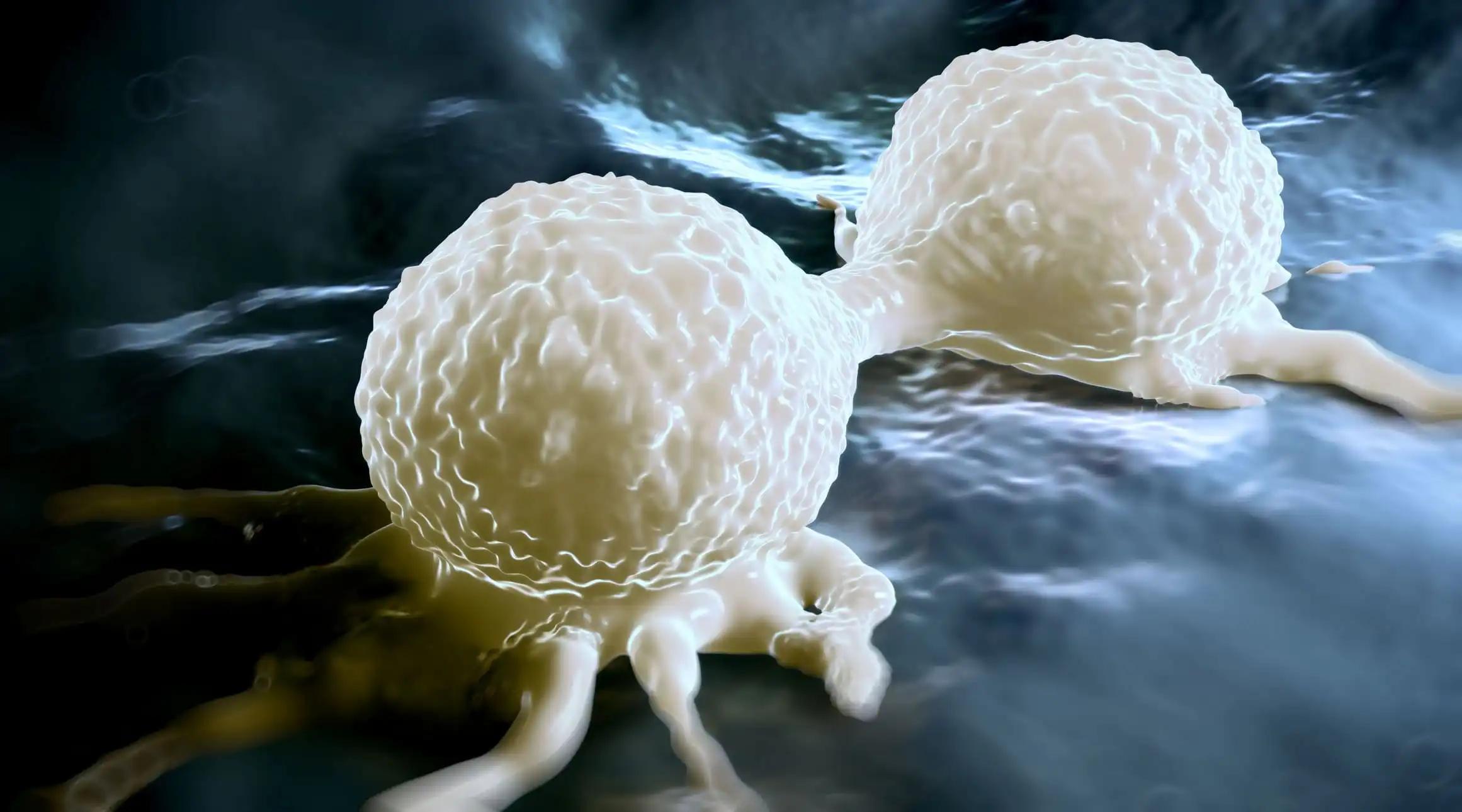KEY TAKEAWAYS
- The study aimed to elucidates BUB1’s role in TNBC radioresistance, proposing a novel strategy to enhance TNBC treatment efficacy.
- The results indicated BUB1 ablation sensitizes TNBC to radiotherapy, suggesting it as a novel molecular target for treatment.
Triple-negative breast cancer (TNBC), a highly aggressive subtype often treated with radiotherapy (RT), lacks effective targets, necessitating the identification of novel molecular targets to enhance RT efficacy.
Sushmitha Sriramulu and the team aimed to elucidate the involvement of BUB1 (a cell cycle Ser/Thr kinase) in TNBC radioresistance and proposes a novel treatment strategy for TNBC enhancement.
Gene expression analysis compared TNBC patient samples to other subtypes. Cell proliferation and clonogenic survival assays determined BUB1 inhibitor (BAY1816032) IC50 and radiation enhancement ratio (rER) with pharmacological and genomic BUB1 inhibition.
Mammary fat pad xenograft experiments were conducted in CB17/SCID mice. Mechanistic insights into how BUB1 inhibitor sensitizes TNBC cells to radiotherapy were obtained through γ-H2AX foci assays, BLRR, Immunoblotting, qPCR, CHX chase, and cell fractionation assays.
The results revealed that BUB1 is overexpressed in breast cancer, particularly in TNBC, where its elevated expression correlates with poor survival outcomes. Pharmacological or genomic ablation of BUB1 sensitized multiple TNBC cell lines to radiation-induced cell killing, while breast epithelial cells showed no radiosensitization with BUB1 inhibition. The kinase function of BUB1 primarily accounted for this radiosensitization phenotype.
Moreover, BUB1 ablation led to radiosensitization in TNBC tumor xenografts, significantly delaying tumor growth and improving overall survival. Mechanistically, BUB1 ablation inhibited the repair of radiation-induced DNA double-strand breaks (DSBs). Furthermore, BUB1 ablation stabilized phospho-DNAPKcs (S2056) following radiation, while pre-treatment with BUB1 inhibitor prevented this stabilization (t1/2, ~8 h).
Nuclear and chromatin-enriched fractionations revealed an increase in recruitment of phospho- and total-DNAPK, and KAP1 to chromatin, indicating BUB1’s crucial role in the activation and recruitment of non-homologous end joining (NHEJ) proteins to DSBs. Additionally, BUB1 staining of TNBC tissue microarrays demonstrated a significant correlation of BUB1 protein expression with tumor grade.
The study concluded that BUB1 ablation enhances the sensitivity of TNBC cell lines and xenografts to radiotherapy. Additionally, it suggests that BUB1-mediated radiosensitization may occur through non-homologous end NHEJ. These findings collectively underscore BUB1 as a promising molecular target for radiosensitization in women with TNBC.
This work was supported by the NCI R21, HFHS Research Administration Start up, HFHS Proposal Development Award, HFHS-Radiation Oncology Start Up, and Game on Cancer award to SN.
Source: https://pubmed.ncbi.nlm.nih.gov/38863037/
Sriramulu S, Thoidingjam S, Chen WM, et al. (2024). “BUB1 regulates non-homologous end joining pathway to mediate radioresistance in triple-negative breast cancer.” J Exp Clin Cancer Res. 2024 Jun 11;43(1):163. doi: 10.1186/s13046-024-03086-9. PMID: 38863037.



